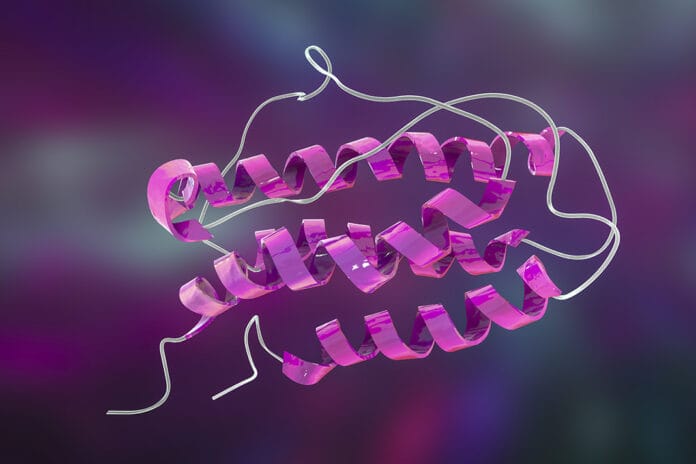Patients suffering from periodontitis may experience various symptoms, like receding gingiva, halitosis, alveolar bone loss, and edentulism in severe cases. Periodontal treatments like non-surgical periodontal therapy may help, but in some cases, surgical interventions like gingival grafts are necessary. In a recent randomized controlled clinical trial, researchers looked at the hormone erythropoietin (EPO) effects on wound healing after gingival graft surgery.
Background on Gingival Grafts and Healing
Gingival grafts lead to stronger, healthier, and more stable gingiva due to an increase in keratinized tissue, offering better support to teeth at their roots. Donor tissue may come from a cadaver, a living donor, or in the case of this study’s free gingival grafts, from the roof of the patient’s mouth.
Various topical agents and techniques are known to manage pain and inflammation after a gingival graft. Previous studies show that EPO, a cytokine secreted by the kidneys, supports the process of angiogenesis, which helps in the formation of new blood vessels. In addition, EPO aids in tissue granulation, allowing new tissue to form on top of the wound, as well as in collagen production. Since cells in the oral cavity contain EPO receptors, applying it topically may speed up recovery after a gingival graft.
The Study
This study initially considered 96 patients who underwent phase I periodontal treatments. Researchers then chose patients over the age of 18 who needed a gingival graft in at least two areas of their mouth. Exclusion criteria further eliminated participants who smoked, took antibiotics or anti-inflammatories within the past three months, were diagnosed with a systemic disease, or had a score over 15% on the O’Leary plaque index. Seventeen patients were chosen to participate in this study based on these factors.
Each patient underwent two gingival grafts in one sitting under local anesthesia. The surgeon prepared the sites by incising the necessary amount of tissue, after which one site was treated with 1 mL of EPO 4,000 IU/mL gel. In contrast, the other site, designated as the control, was treated with only distilled water. After treating the area for two minutes with the corresponding topical agent, the oral surgeon completed both gingival grafts with tissue from the palate, from the area between the first and second molar, utilizing sterile paper templates that matched the recipient site.
Afterward, the area was sutured and dressed, and patients received a prescription for antibiotics and painkillers. The surgical dressings were removed after seven days, and the sutures were removed after 14 days. Also, patients received professional prophylaxis’ every two weeks over the course of 12 weeks.
Post-surgical recovery was assessed by a direct observer, plus three indirect observers who utilized photographs on days 7, 14, 21, 28, 60, and 90, noting the patient’s inflammation and healing status. In order to remove bias, the patient, surgeon, first examiner, last examiner, and data analyst were all blinded.
Results
Gingival grafts treated with EPO resulted in less inflammation and speedier healing when compared to the control sites, with a significant difference observed on day 28. However, all healing outcomes were similar in the end, whether they were treated with EPO or not.
Results from this study align with similar research on EPO and dermal healing, but the oral environment may account for some differences, especially since saliva and general movements in the mouth may have washed away some of the EPO gel. Further studies are recommended, with different dosages and methods of application and with larger sample sizes.
Though the final healing outcomes were similar, patients may benefit from decreased inflammation, faster healing, and less pain after oral surgery.











